From - Mongabay for Kids,
Edited by- Vinuri Randhula Silva,
Unknown Costarica frog
This is a story about a small nature reserve in northern Costa Rica that has been full of surprises.
In the early 2000s Donald Varela-Soto and Melvin Rodriguez bought a property located between two volcanoes (called Miravalles and Tenorio). They had a plan. They wanted to rewild the land, much of which had been turned into cattle pasture. They wanted to restore the land to its natural forest state.
As the years passed, Varela-Soto and Rodriguez transformed their property into the 220-hectare (544-acre) Tapir Valley Nature Reserve. The reserve is marked on the map above, just north of the Tenorio Volcano National Park.
They removed the cows and they began restoring the fields into forest. In some areas, the pasture was left alone, allowing the wind and animals to disperse seeds from neighboring forests in a process known as natural regeneration.
One of the reasons they wanted to rewild the land was to connect habitat for wildlife, including the native Baird’s tapir. The Tapir Valley Nature Reserve now connects its forests with those of the nearby national parks, allowing animals to move between them.
The restored forest in the nature reserve has attracted a wealth of plants and animals from surrounding forests, including collared peccaries, jaguars, and Baird’s tapirs. The Baird’s tapir helps the forest grow by eating fruit and spreading the seeds when it poos.
In addition to tapirs and jaguars, Donald Varela-Soto discovered an animal in his nature reserve that he was not expecting.
It started with a shrill call coming from the reserve’s small wetland.
“I kept hearing this different sound in the wetland but was unable to find it,” said Donald Varela-Soto. “Then, on a particularly rainy day, the water rose in the wetland, pushing the frogs out to the edges, and that’s when I saw it in person. It was like, wow, this is amazing! This is beautiful!”
What he found turned out to be a new species, a tiny green tree frog that has been named the Tapir Valley tree frog:
The brilliant-green frog is about the size of a bottle cap. It has a distinctive yellow line that runs halfway around its bright body. Donald Valera-Soto and colleagues gave the frog the scientific name Tlalocohyla celeste in honor of the turquoise waters of a local river, the Río Celeste. A formal description of the species has now been published in the scientific journal Zootaxa.
The Tapir Valley tree frog may be critically endangered. Its only known habitat is the 8-hectare (20-acre) wetland within the Tapir Valley Nature Reserve. That makes the frog an endemic species to the reserve, known to live there and nowhere else on Earth.

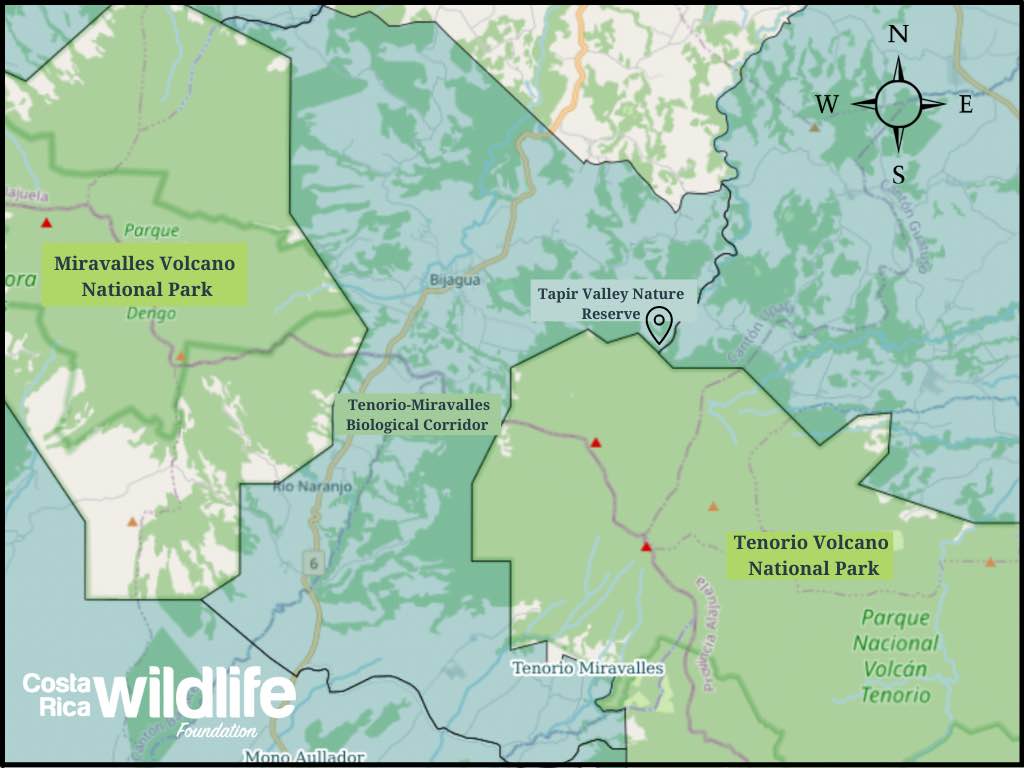
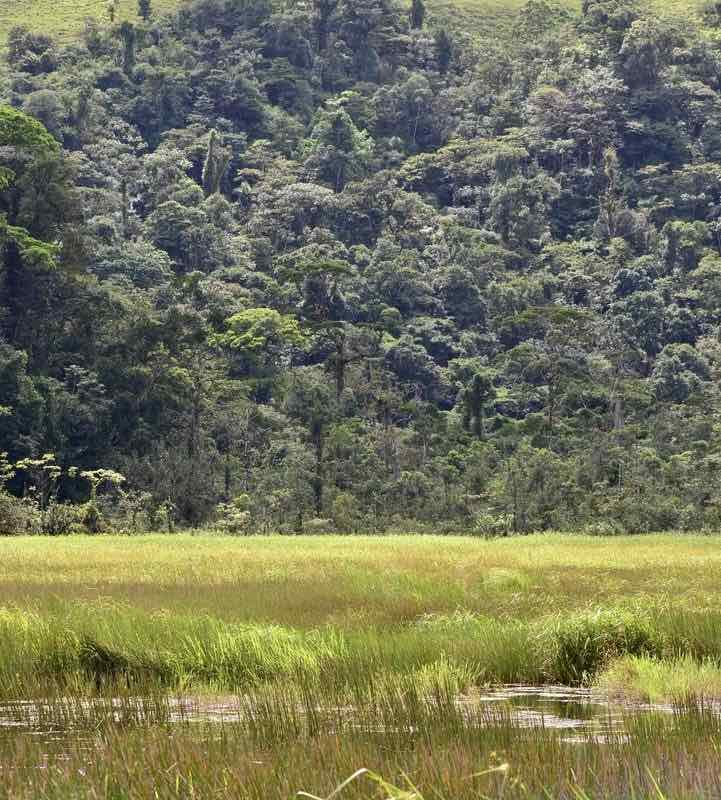
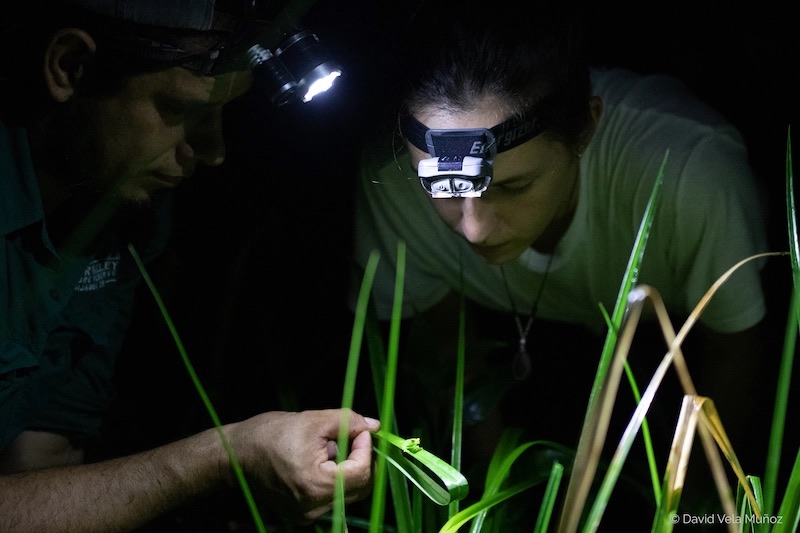
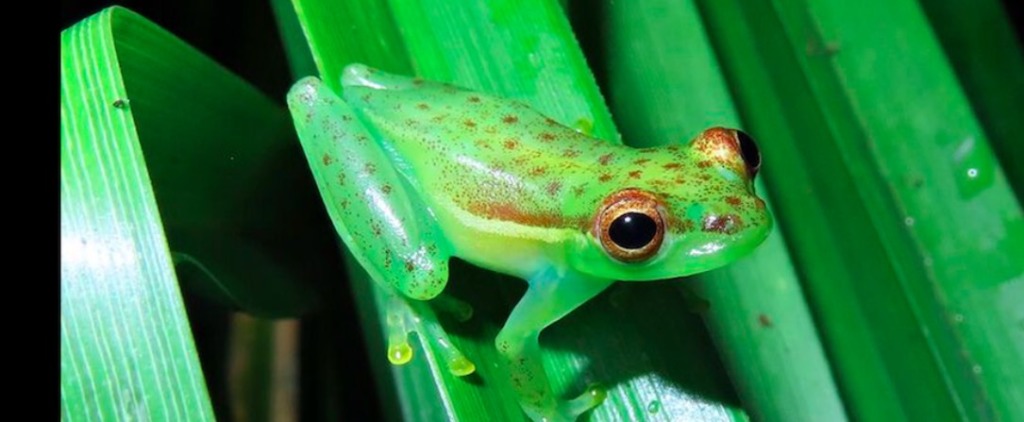
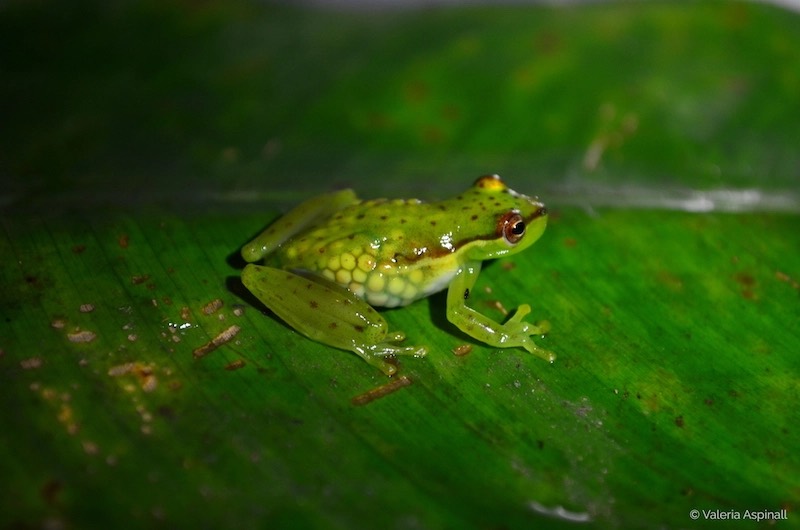

Comments
Post a Comment